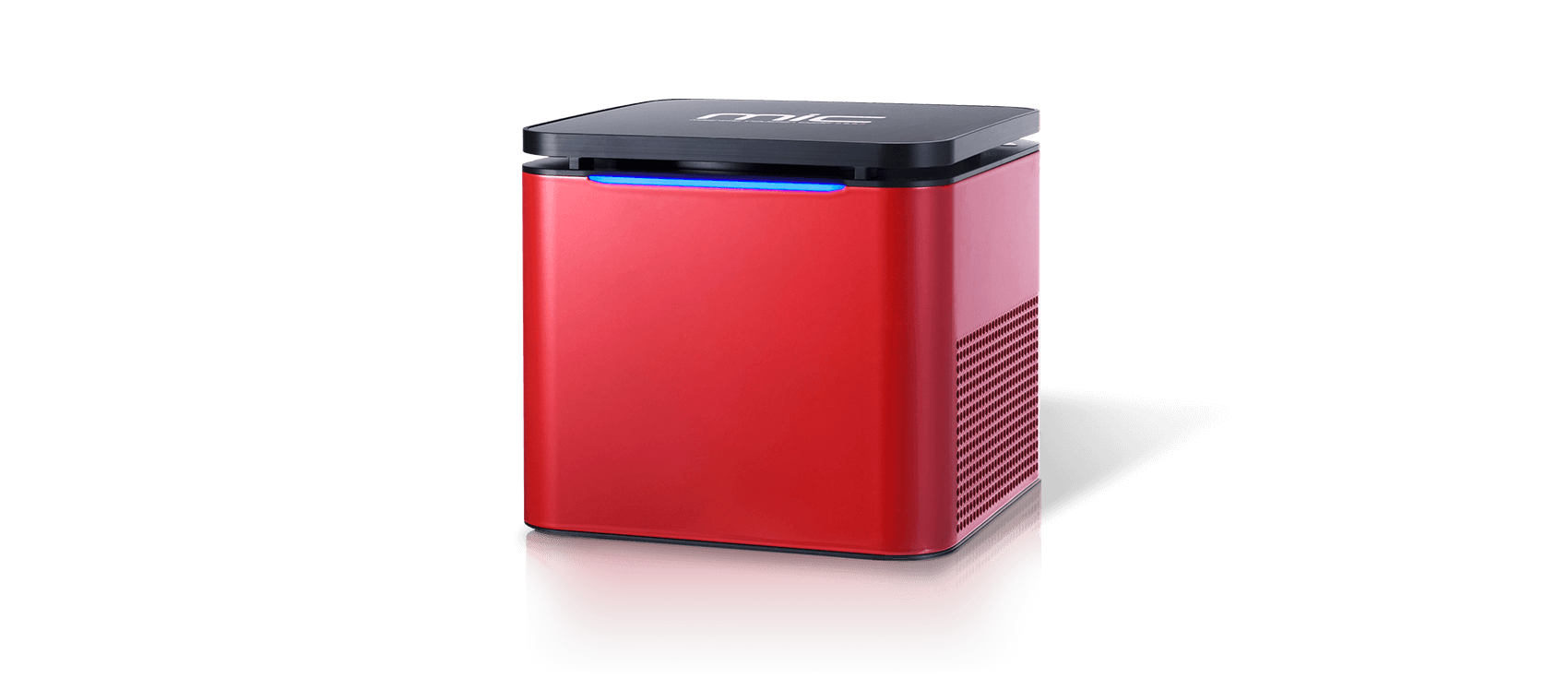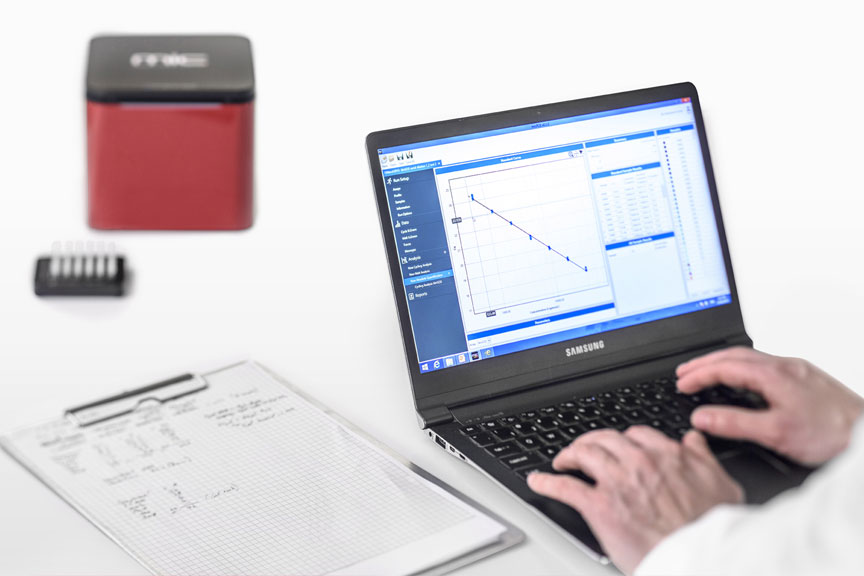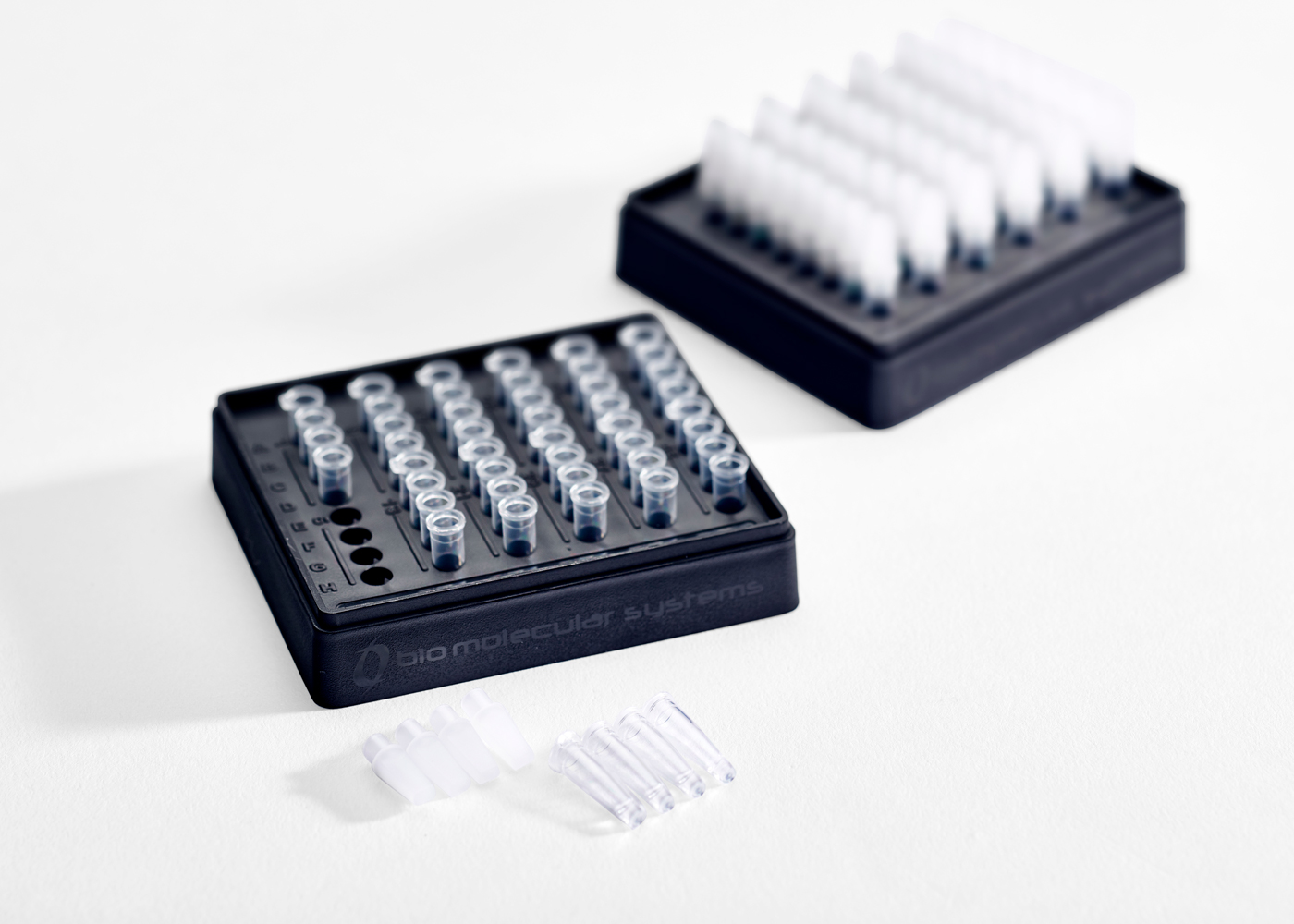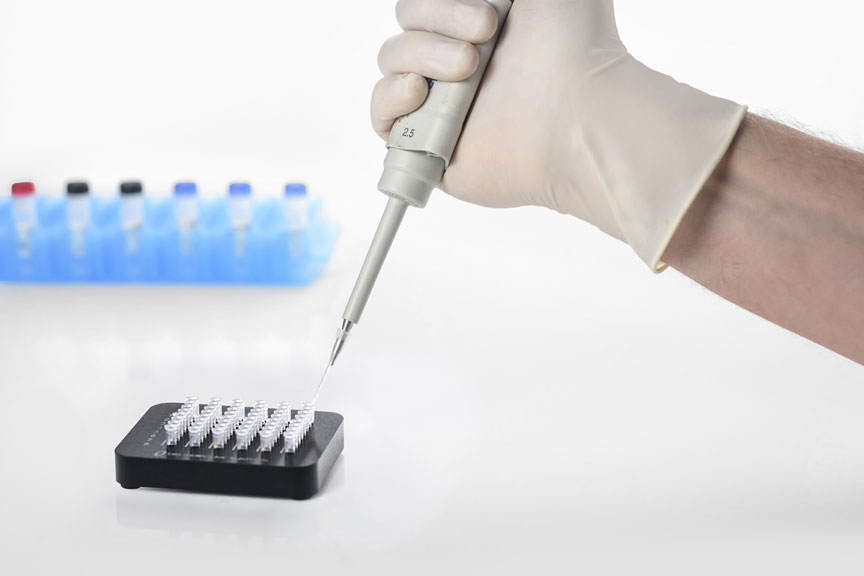Learn About Mic
Everything you need to know.
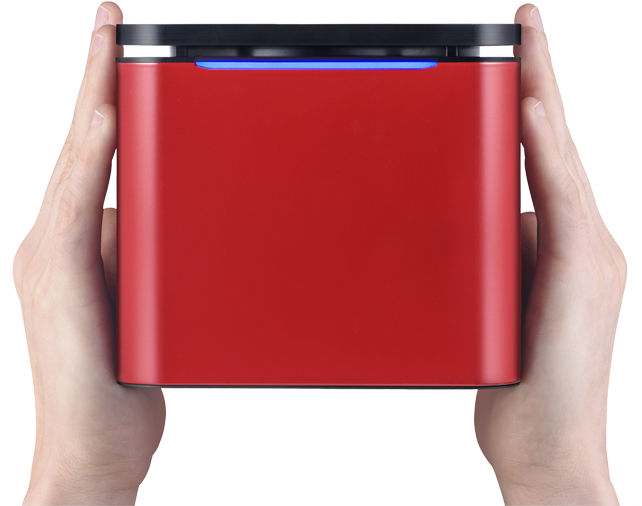
Mic Advantages
48 vs. 96/384 Well
Why wait? – see your data now. Mic’s reproducibility shatters the commonly held belief that to get the same results you must run all of your samples at the same time.
With as little as 3% variability in results across multiple machines and over an extended period of time, you can process your samples as they become available. In fact, the variability between samples over multiple Mic runs is lower than variability within a single run on some 384 well cyclers. Click here to see data.
You also get to keep your sanity by not having to pipette 384 reactions at once.
Multiplexing more than 4 channels typically results in a loss of sensitivity of the assay due to competitive inhibition (limited number of reagents causes one or more of the targets to fail to amplify) or primer pair interference resulting in non-specific product formation.
Furthermore, very high optical channel cross talk between the additional channels reduces the ability to accurately determine results and increases the probability of false positives.
The latest optical technology integrated in Mic means that you can also now perform high resolution melts (HRM) on any of the 4 channels. There is no need for a special HRM channel.
Software Methods
The next generation software developed for the Mic qPCR cycler simplifies your setup and automates all of your analysis. No longer do you need to remember what thermal profile or analysis settings you used last time – everything is saved into your assay library. Simply enter your sample names, select the assays and Mic will do the rest.
Our software never stops evolving. The software uses the most advanced analysis algorithms available and conveniently reports all of the appropriate statistics and quality controls. All of this is developed to adhere to the highest scientific standards.
Replacement Warranty
We are so confident in the reliability of Mic, we will replace your machine if it breaks down during the now 3 year warranty period*. The replacement warranty can be extended up to 5 years for peace of mind.
No need to wait for your machine to be sent off for repair. No expensive service contracts.
*Excludes some countries and territories.
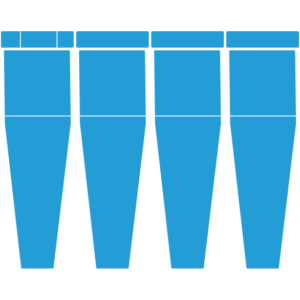
Optimised Tubes
We have built our own manufacturing facility dedicated to plastic consumables for Mic. This ultra clean environment on site allows us to deliver the highest quality standards to ensure you always get consistent results.
All of our tubes are preloaded with a high viscosity silicon oil to ensure the ultimate in qPCR performance. Plus we package the tubes into compact disposable rack containers to make loading them a breeze.
Robust Communication
Never lose a run if your PC or communications fail. All of the data from your current run is stored on board until it is retrieved. This even means you can start your run, take your laptop away and the run will be downloaded when you return.
How cool is that! And did we mention you can run multiple instruments from the one PC.
Mic FAQ’s
Can I run the same chemistry as my existing qPCR machine?
Yes. The protocols for most assays will transfer to Mic without any changes. In some cases where a standard Taq polymerase is used (i.e. not specified to be compatible with fast cycling) we suggest you use the ‘Standard Taq Temperature Control’ option in the run profile. This slows down the heating rate of the Mic instrument to be closer to other instruments.
What PC do you recommended?
Recommended PC requirements
- Intel i5 processor, 2.4 GHz
- 8 GB of RAM
- 1 GB free hard drive capacity
- Windows 10, 64-bit (English version) Operating System
Minimum PC requirements
- Intel i5 processor, 2.4 GHz
- 4 GB of RAM
- 1 GB free hard drive capacity
- Windows 10, 64-bit (English version) Operating System
What is the difference between Peltier Block Based and Magnetic Induction Technology?
The Magnetic Induction system used by Mic to heat the sample works on the same principle as an induction cooktop. The benefits over a peltier block based system are:
- Fast cycling times (runs in less than 25 min)
- Superior temperature uniformity (±0.05°C)
- Only the rotor is heated – no need for thermal insulation
- Mechanical simplicity results in one of the smallest real-time qPCR machines ever made
- Rotary design allows us to incorporate an oil overlay ensuring no evaporation and no condensation. The oil overlay gives superior results and there is no need for a heated lid.
Can I run the Mic outside?
Yes. The portability and robustness of Mic is a huge advantage for anyone needing to do real time PCR in the field. Mic has proven to run reliably off batteries (car, truck or solar powered) using an inverter to supply between 100V and 240V AC.
What reaction volumes can I run?
Having flexibility in running different volumes is important to many users. Small volumes allow for significant reductions in reagent costs. Higher volumes allow for greater sensitivity in their test by increasing the chances of detecting the target. Mic maintains the same performance for any volume from 5 to 30 µL.
Why does the Mic not require calibration?
A thermal sensor is embedded in the spinning rotor which measures tube temperature directly. This sensor does not drift over time so there is no need for it to be recalibrated.
For those customers who require an annual validation report, we have a Temperature Verification System.
Mic’s optical system has a fixed optical path and no moving parts. This means there is never any need for optical alignment or calibration. Because every sample spins past the same detector there are no reference dyes or crosstalk compensation is required either.
Mic Software Tutorials
720p recommended resolution for viewing
Episode 1 – Software Basics
Introduction to micPCR software
Episode 2 – Creating an Assay
Creating an assay for easy analysis
Episode 3 – Starting a Run
Starting a run on your Mic
Episode 4 – Sample Editor
Sample editor tips and tricks
Episode 5 – Cycling Analysis
How to perform a cycling analysis
Episode – 6 Melt Analysis
How to perform a melt analysis
Episode 7 – HRM Analysis
How to perform a high resolution melt analysis
Episode 8 – AQ Analysis
How to analyse with standard curves
Episode 9 – RQ Analysis
How to do gene expression studies
